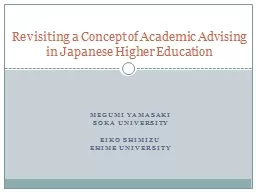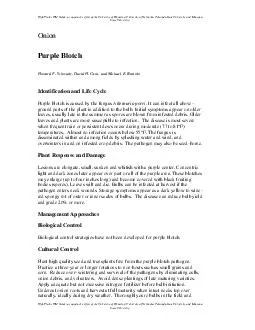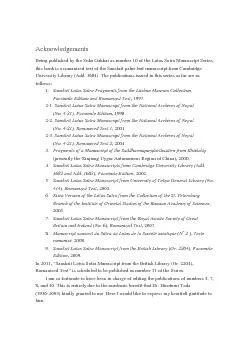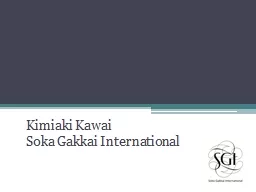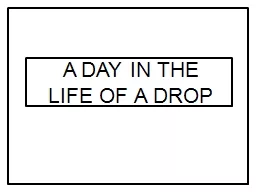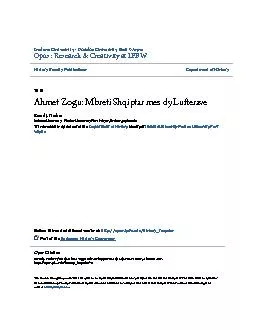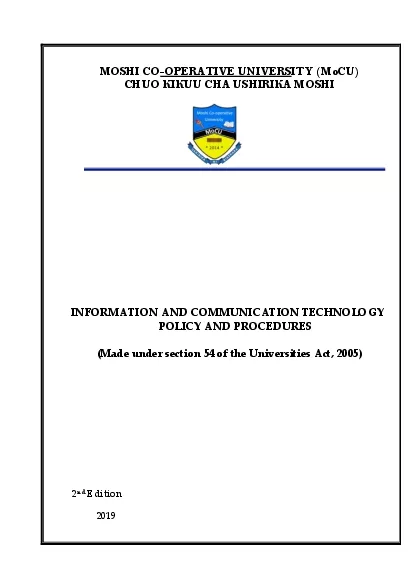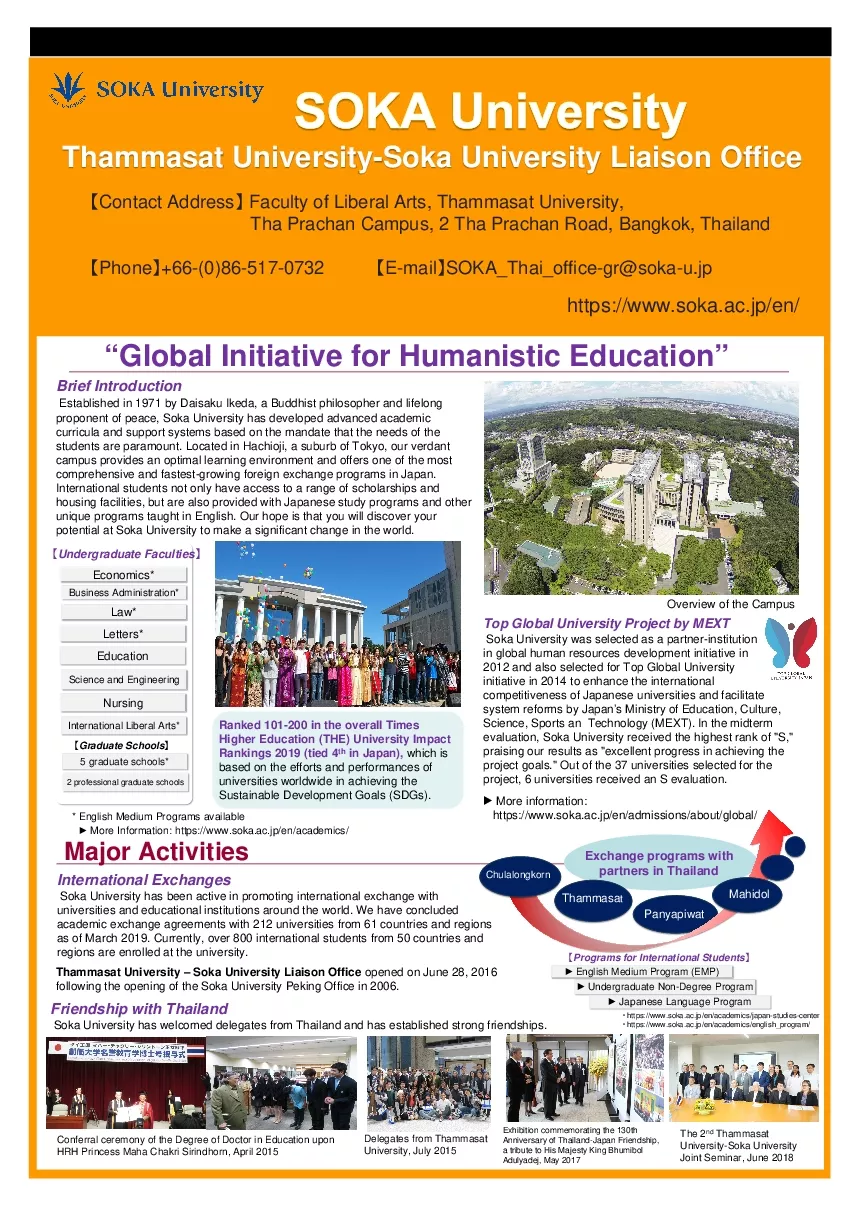PPT-Megumi Yamasaki Soka University
Author : cleverfan | Published Date : 2020-11-06
Eiko shimizu Ehime university Revisiting a Concept of Academic Advising in Japanese Higher Education Who is called Academic Advisor Faculty member Usually teach
Presentation Embed Code
Download Presentation
Download Presentation The PPT/PDF document "Megumi Yamasaki Soka University" is the property of its rightful owner. Permission is granted to download and print the materials on this website for personal, non-commercial use only, and to display it on your personal computer provided you do not modify the materials and that you retain all copyright notices contained in the materials. By downloading content from our website, you accept the terms of this agreement.
Megumi Yamasaki Soka University: Transcript
Download Rules Of Document
"Megumi Yamasaki Soka University"The content belongs to its owner. You may download and print it for personal use, without modification, and keep all copyright notices. By downloading, you agree to these terms.
Related Documents

